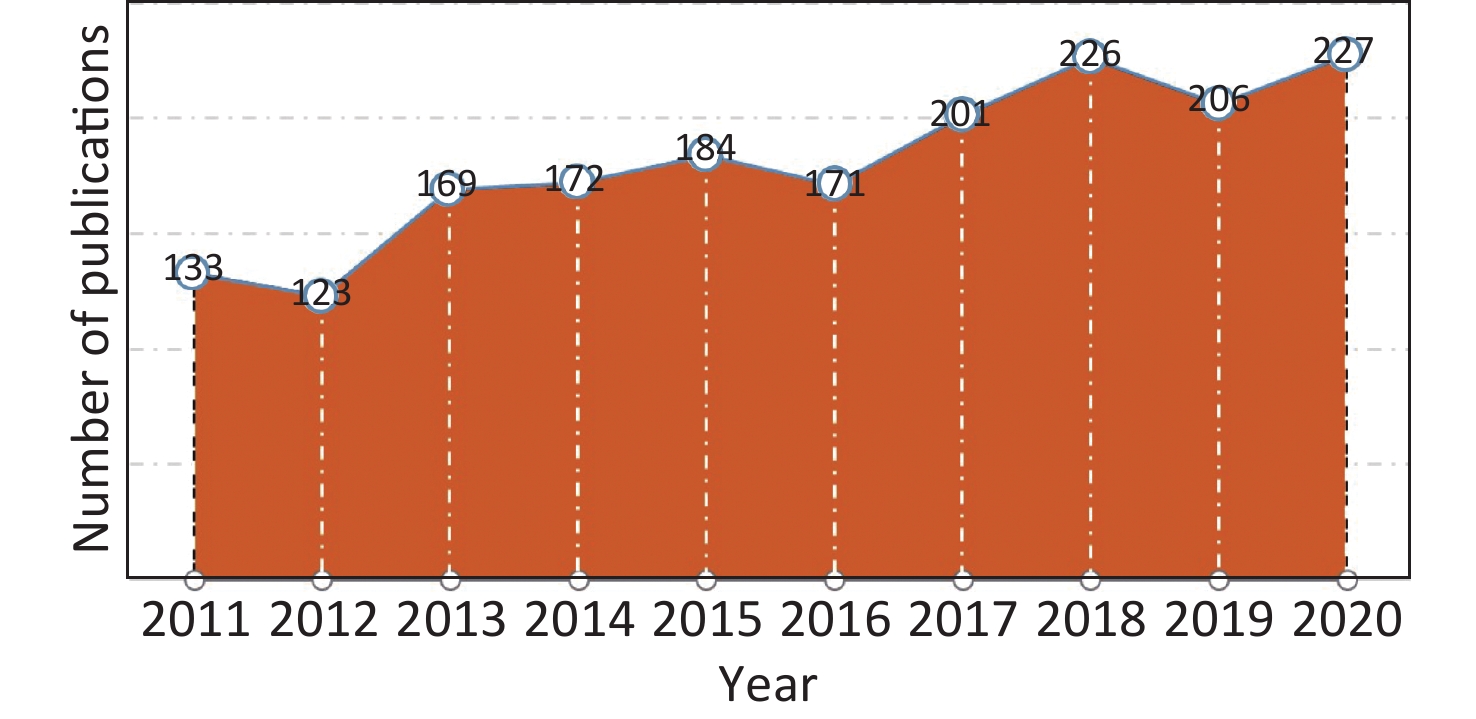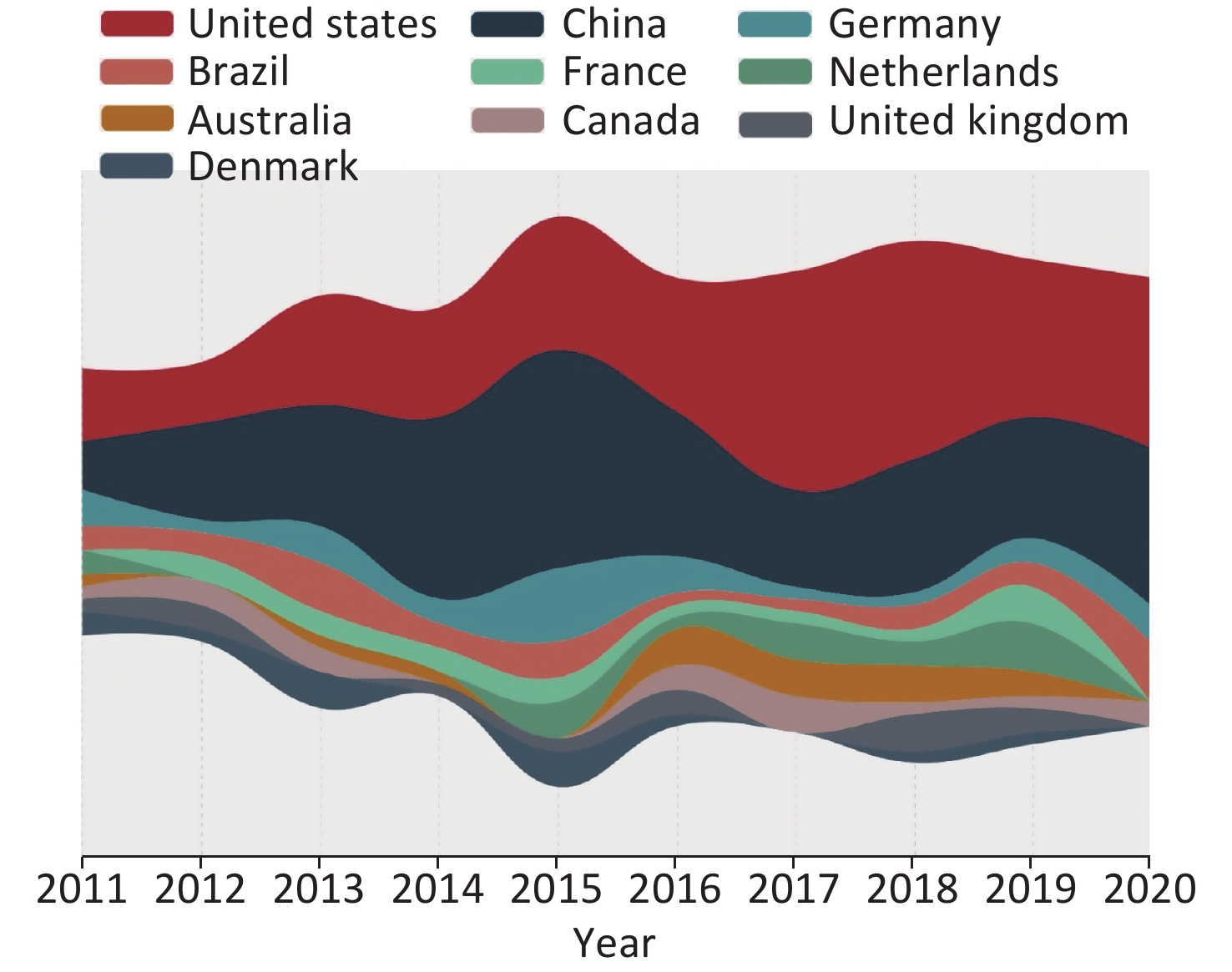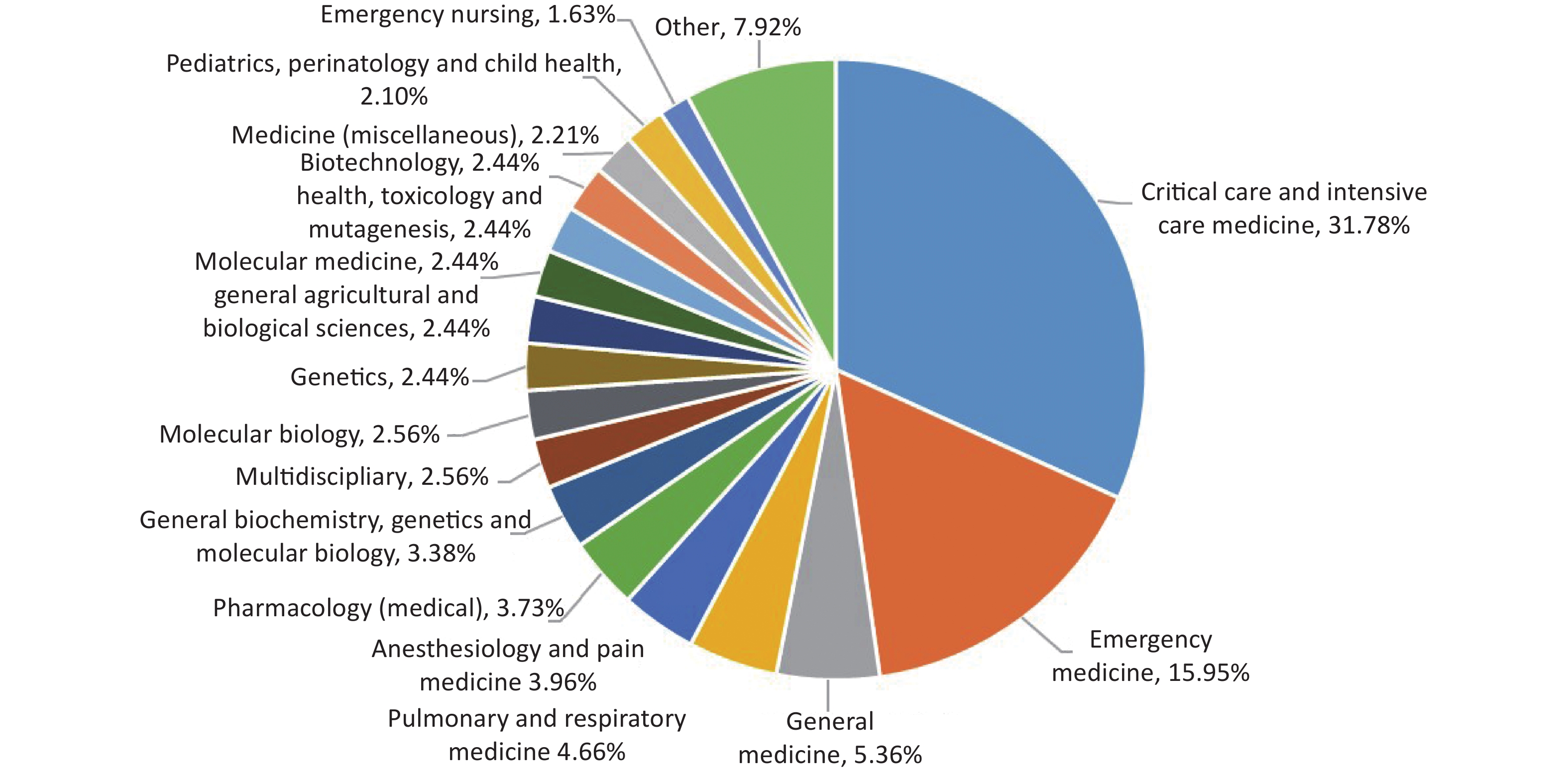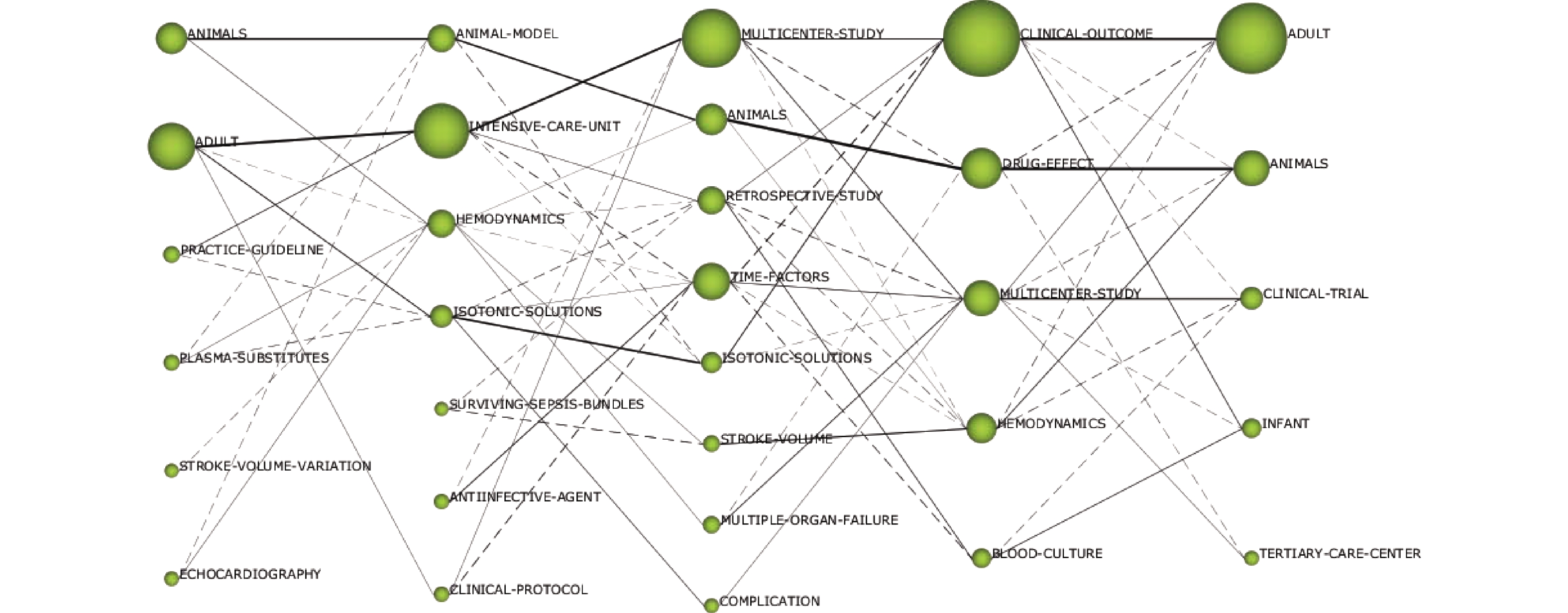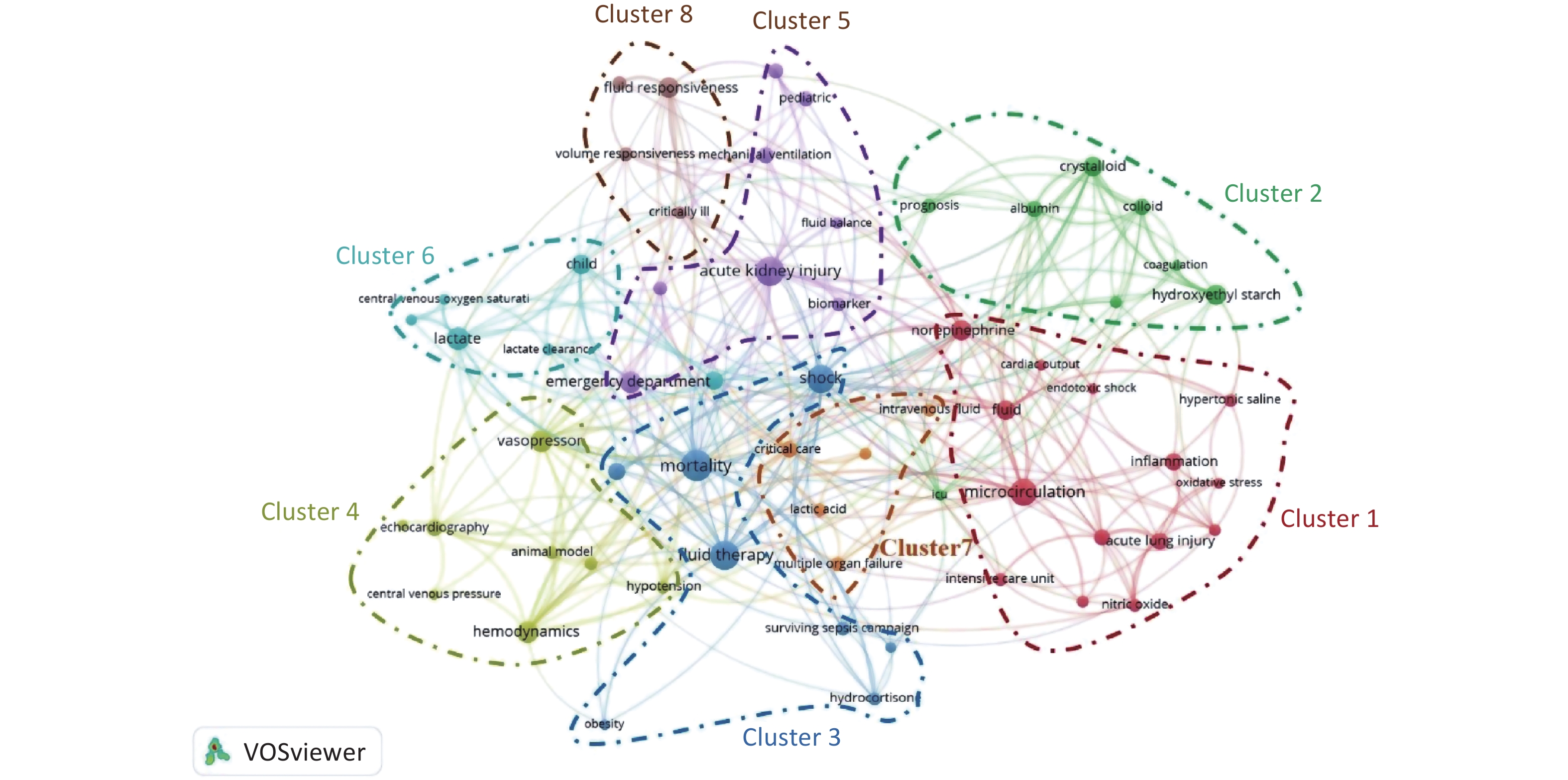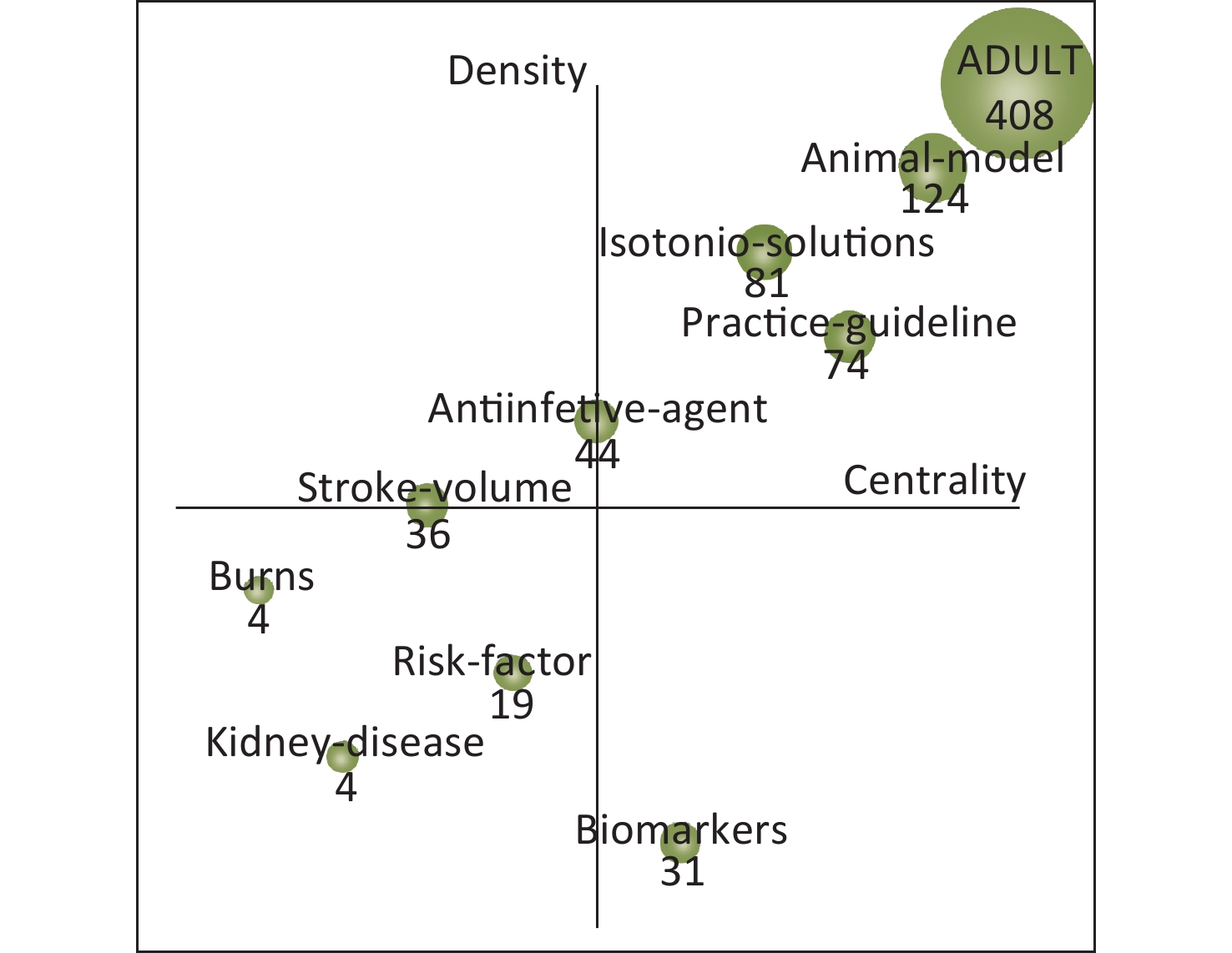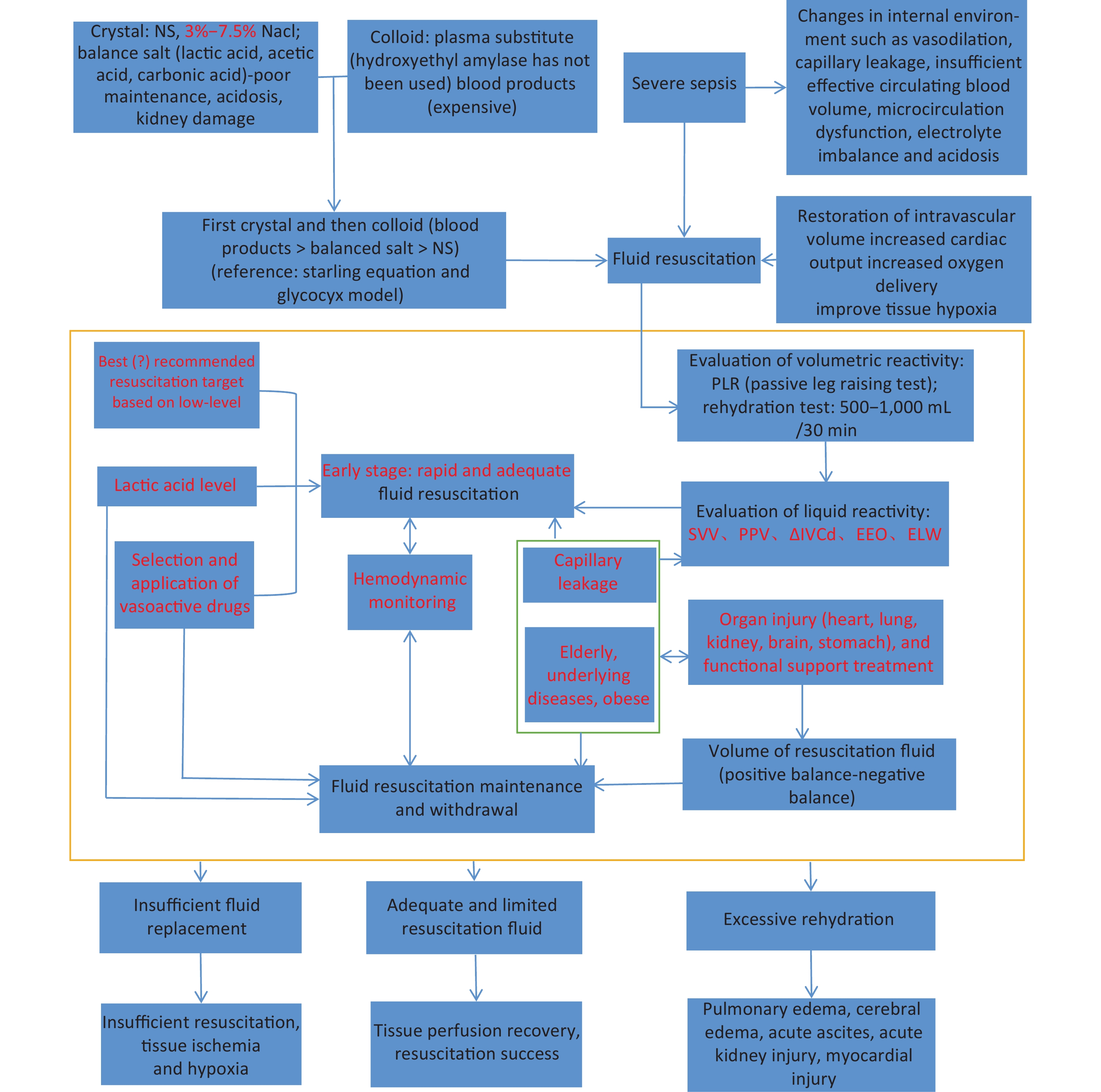-
Sepsis is a life-threatening condition and a global disease burden. Heterogeneous syndrome is defined as severe organ dysfunction caused by a dysregulated host response to infection, with renewed emphasis on the immune pathophysiology. Researchers worldwide constantly update the diagnostic criteria of sepsis and have introduced concepts such as “sepsis-3” “Surviving Sepsis Campaign (SSC)” “Early Goal-Directed Therapy (EGDT)”, the 3-h and 6-h bundles to an hour-1 bundle[1], “limited ventilation” “the best PEEP[2]”, and “Lung Protective -Ventilation”. Despite all efforts of experimental and clinical research during the last three decades, the ability to positively influence the course and outcome of the syndrome remains limited.
The hemodynamic coherence between macro- and microcirculation is often poor in sepsis. Various diseases lead to vascular changes that may not be readily apparent with current monitoring strategies. Therefore, intravenous fluid resuscitation strategies must consider both microcirculatory parameters (such as the systemic arterial blood pressure) and downstream measures and/or microcirculatory assessments of the patient's response to treatment. Which are the best indicators of the effect of fluid resuscitation in sepsis, blood lactate level[3] or other monitoring/observation indicators? The role of hydroxyethyl starch in fluid resuscitation has been denied, but the ability to maintain crystal liquid has not been effectively improved, and the search for an ideal crystal liquid remains in progress[4].
Based on the bibliometric method, this paper summarizes the research progress of fluid resuscitation of sepsis in the past 10 years and examines the research hotspots of fluid resuscitation of sepsis in the future according to the changes of literature research hotspots to provide a research direction and reference to better perform the global research cooperation and guidance of fluid resuscitation of sepsis. Future studies will focus on the effects or different fluid therapy regimens on the macro- and microcirculation/endothelial surface layer in various disease states. The goals and timing of its administration, and ultimately the outcome of the patients will likely change fluid therapy in the future.
According to the distribution and retrieval characteristics of medical literature, PubMed, as the most authoritative database of biomedical literature, is first included in the data source. In addition, considering the time lag characteristics of PubMed database indexing Medical Subject Headings, we decided to use the Scopus database as a supplement to give full play to its advantages of comprehensive retrieval of topics, abstracts and keyword fields. In general, the required time span to trace back the macro development of a field is ten years, so we set the retrieval time period to be January 2011 to December 2020. Use of retrieval strategies:“(“Sepsis”[MH] OR Sepsis[TOPIC] OR (Septic Shock)[TOPIC] OR “Shock, Septic”[MH]) AND(((Fluid Resuscitation)[TOPIC] OR (Resuscitation Fluid)[TOPIC] OR ((Resuscitation[MH] OR Resuscitation[TOPIC])AND (((“Fluid therapy”[MH] OR (Fluid therapy)[TOPIC])) OR (intravenous fluid)[TOPIC] OR (Fluid overload)[TOPIC])))’’. In total, 2,739 articles were retrieved from the PubMed and Scopus databases. After individual cases, reviews, and unrelated articles were removed, 1,812 articles remained, and these articles were the basis of further analysis.
First, the global development trend, regional distribution and disciplinary layout of sepsis fluid resuscitation were quantitatively analyzed by document metrology. Second, visualization tools were used to explore the research hotspots, strategic layouts and theme evolution paths. Visualization tools were used, including VOSviewer (Science and Technology Research Center of Leiden University in the Netherlands) and SciMAT (University of Cervical Cancer in Spain), which can perform data cleaning, data simplification and network simplification on research topics. VOSviewer can define the specific location of the topic through correlation strength clustering, and the location relationship can reflect the relationship of the topic. SciMAT can draw the layout of hot topics based on the centrality and density of topics, which has more advantages in evolution analysis. Figure 1 summarizes the research framework of this paper.
From 2011 to 2020, the global research output of sepsis fluid resuscitation showed a fluctuating upward trend (Supplementary Figure S1, available in www.besjournal.com). From 2012 to 2013, the research in this field rapidly developed, and the annual output of papers increased from 123 to 169. The study of fluid resuscitation in sepsis entered a period of steady development from 2013 to 2016. After that, the study entered the second period of rapid development, with the highest annual number of papers reaching 227. See the chart of the major contributing countries in Supplementary Figure S2 (available in www.besjournal.com).
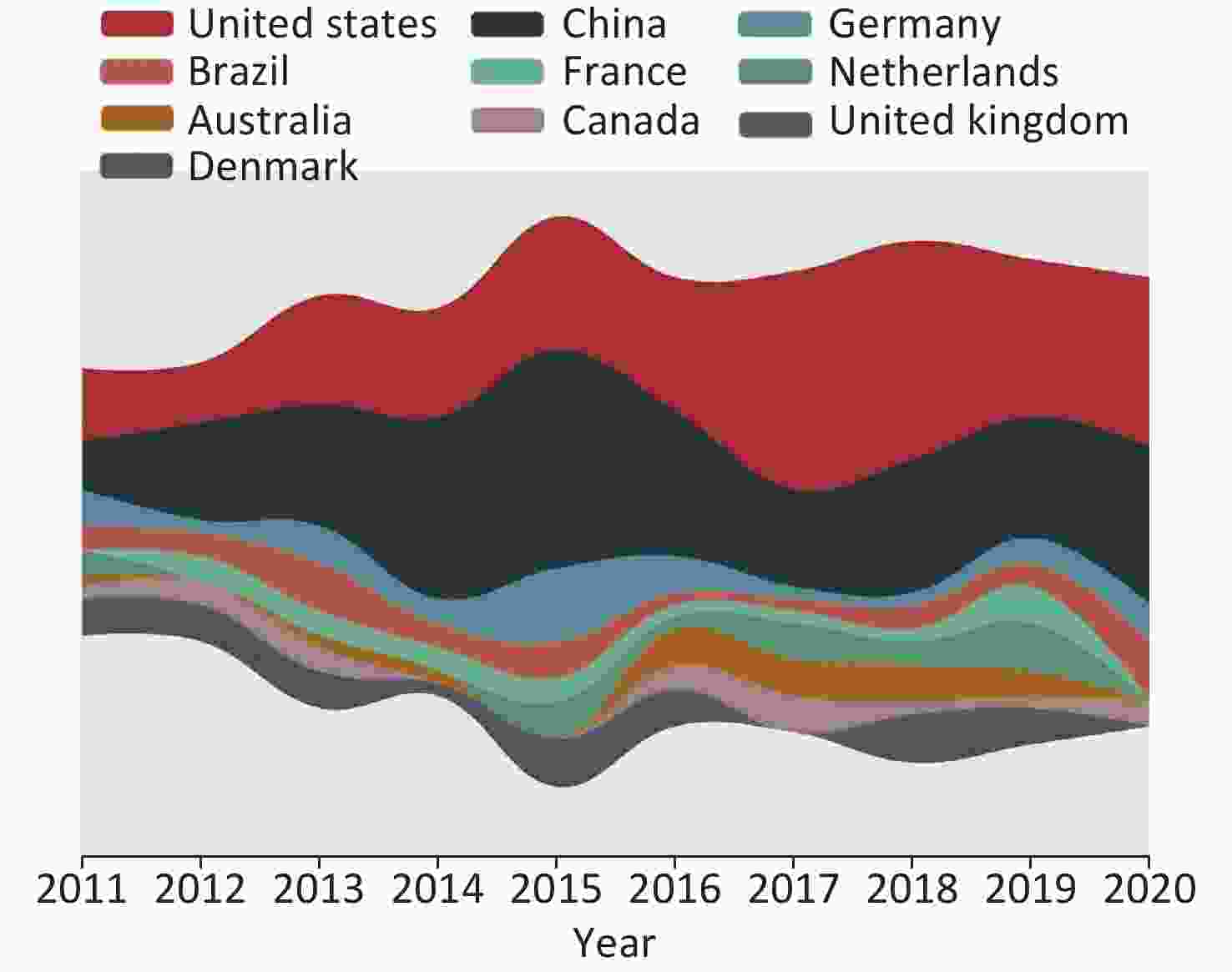
Figure S2. Study major contributions to national change. The River Width reflected the proportion of total papers.
The classification analysis of published journals shows that the number of emergency/critical care medical articles continues to increase, while the number of other related disciplines is gradually decreasing (Supplementary Figure S3, available in www.besjournal.com). Thus, sepsis is a complex acute and severe disease that involves a wide range of disciplines. With the rapid development of emergency medicine and critical medicine in the past decade, the centralized treatment of patients with sepsis has become the norm. In addition, we further analyzed the statistical analysis of the annual publication year on the subject changes. After verification, it should be caused by SCOPUS's adjustment of the subject attributes of these journals, apart from the influence of the discipline classification. Early management of sepsis and septic shock is crucial for patient prognosis. Because the first medical contact for septic patients likely occurs in the emergency department (ED), emergency physicians play an essential role in the early phases of patient management, which consists of accurate initial diagnosis, resuscitation, and early antibiotic treatment.
Three articles published in the New England Journal of Medicine were cited more than 1,000 times: Yealy DM, et al.[5], A Randomized Trial of Protocol-based Care For Early partial Shock (Cited 1,504), Peake SL, et al.[6] (Cited 1,181) and Perner A, et al.[7] (Number of citations: 1,210). In fact, basic research (effects of different components of resuscitation fluid) has shown a downward trend, but the effect of hypertonic saline and the role of albumin remain worthy of further study.
Although there are many guidelines and consensus guidance for fluid resuscitation in sepsis, multi-center and large sample studies remain necessary to verify and optimize the clinical treatment plan. We are looking for accurate and timely indices of microcirculation perfusion and explore the volume of fluid resuscitation at different resuscitation phases and its effects on respiration, kidney and abdominal cavity. See the thematic evolution path diagram of 2011–2020 (Supplementary Figure S4 available in www.besjournal.com).
At present, there is no consensus on the feedback effect of fluid resuscitation in sepsis, whether it is blood lactate level or other monitoring/observation indicators. The affirmation of the lactate index makes the lactate clearance rate an objective monitoring indicator of fluid resuscitation in patients with sepsis.
From a hemodynamic perspective, septic shock is characterized by the presence of simultaneous alterations at both macrocirculation and microcirculation levels, which results in an imbalance between oxygen demand and oxygen delivery. The goal of fluid resuscitation is to quickly restore the volume in the early stage, especially the full perfusion of microcirculation. With the rapid decline in the use of pulmonary catheters, transpulmonary thermodilution (TPTD) has become the new gold standard technique for CO measurement. Meanwhile, echocardiography is a completely noninvasive and rapidly available tool at the bedside. Capillary refill time (CRT), which is defined as the time taken for a distal capillary bed to regain its color after pressure has been applied to cause blanching, has emerged in recent years as a tool to assess the peripheral tissue perfusion. However, the best hemodynamic index is still in screening.
The key to optimizing fluid therapy is to reduce capillary leakage. The debate on whether to use crystals or colloids for rehydration has gradually decreased, and the role of hydroxyethyl starch in fluid resuscitation is no longer recognized. Albumin therapy in the form of concentrated albumin or plasma products has sparked interest because it can protect the glycocalyx by carrying erythrocyte-derived sphingosine-1-phosphate to the endothelium. However, the results of glycocalyx evaluation following albumin therapy in septic patients have not been available. The advantages and disadvantages of isotonic solutions, equilibrium solutions and hypertonic solutions are still debated. Hyperchloremia and a moderate increase in serum chloride are associated with acute kidney injury in severe sepsis and septic shock patients. The continuous positive equilibrium resuscitation of sepsis patients often leads to potential renal injury, pulmonary edema, and elevated abdominal pressure. Therefore, the positive and negative equilibrium of resuscitation fluid and even fluid responsiveness are still research hotspots.
The best possible predictors are dynamic indicators, such as ultrasound monitoring, Pulse Pressure Variability (PPV), Stroke Volume Variation (SVV), Inferior Vena Cava Diameter (ΔIVCd), Extravascular Lung Water (ELW), passive leg raising test, or end expiratory obstruction test [including: Tidal Volume Loading Test (TVC); End-expiratory Breath Holding Test (EEO)]. However, the existing indicators present an overview of the structure, function and regulation of the microcirculation and endothelial surface layer in sepsis and have their own shortcomings. Thus, we must find more convenient, more intuitive and more effective observation indicators.
Patients with septic shock usually need vasoactive drugs to simultaneously correct hypotension and fluid resuscitation. The hemodynamic coherence between macro- and microcirculation is often poor in sepsis. In the case of vasopressor administration, invasive arterial blood pressure monitoring is recommended, but the placement of arterial catheters and central venous catheters (CVCs) should not delay the use of NE (norepinephrine). Under these conditions, vasopressor treatment can be initiated on a peripheral venous line with noninvasive BP monitoring, and it should be shifted to CVC administration accompanied by invasive arterial pressure monitoring as soon as possible. Since basic hemodynamic monitoring cannot detect the effects of fluid challenge on CO, continuous CO monitoring methods are recommended to track the changes in CO during tests of preload responsiveness and fluid challenge. Current guidelines recommend norepinephrine as the first-line pressor drug, but NE (norepinephrine) has the risk of causing myocardial cell and peripheral circulation ischemia. Increasing attention has been given to vasopressin as a possible alternative to norepinephrine. Selepressin is a selective vasopressin V1a receptor agonist. Many clinical trials have shown that selepressin reduces the dosage of norepinephrine. Further study[8] shows that in patients with septic shock who received norepinephrine treatment, there was no significant difference in the time of no vasoactive drug use and the number of days of ventilator use within 30 days in patients receiving selepressin compared with the placebo group. The time to start vasopressors and stop fluid therapy remains unclear. Thus, prospective studies must evaluate the impact of early vasopressor therapy on the development of multiorgan dysfunction and the total volume of resuscitation fluids required during early septic shock. Some drugs can inhibit the increase in sepsis-related vascular permeability, including activator protein C, adrenomedullin, alkaline phosphatase and selepressin.
We focused on the early prediction index of the myocardial injury, acute kidney injury, acute lung injury, brain injury induced by fluid resuscitation in patients with sepsis and on possible protective factors.With the in-depth study of sepsis, more attention has been given to the fluid management of special groups (obese and patients with limited cardiopulmonary reserve): it can cause pulmonary edema, hypoxemia, respiratory failure, and edema of other organs, increase the intra-abdominal pressure, prolong the ICU stay and mechanical ventilation time, and even increase the risk of death. Based on the keyword co-occurrence clustering network chart and the strategic coordinate chart for 2011–2020 (Supplementary Figure S5 and Supplementary Figure S6 available in www.besjournal.com), we have found that the hotspot and difficulty of sepsis fluid resuscitation lie in the rapid change of complex conditions of sepsis patients and precise and individualized resuscitation.
The fluid resuscitation process and research hotspot of severe sepsis are shown in Figure 2. The effects or different fluid therapy prescriptions on the macro- and microcirculation/endothelial surface layer in various disease states, goals and timing of its administration, and ultimately the outcome of the patients will likely change fluid therapy in the future.
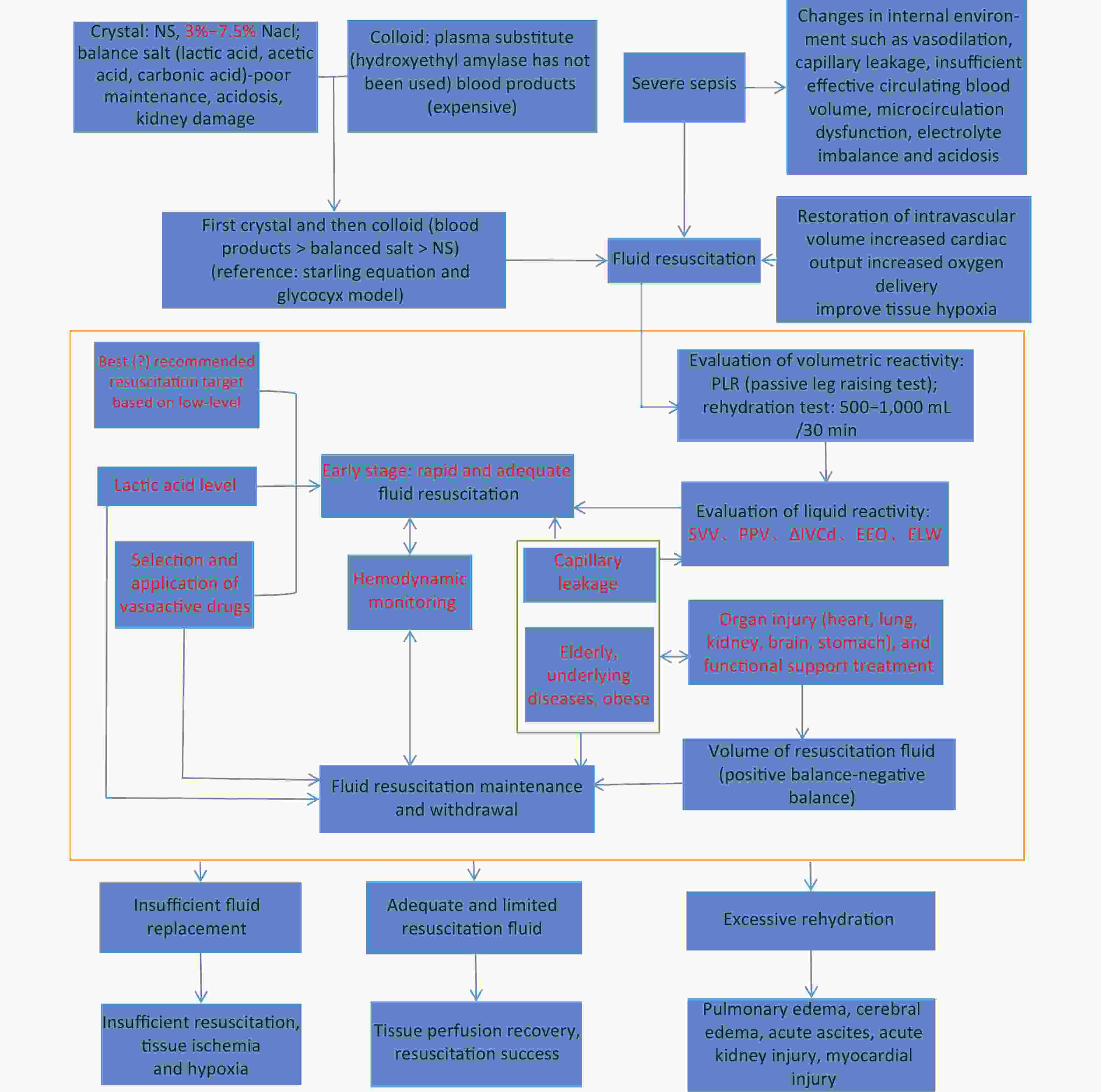
Figure 2. Fluid resuscitation process and research hotspot of severe sepsis (Red words are the hotspots, and more rigorous design studies are required to prove).
Since 2011, research on fluid therapy for sepsis has shown a fluctuating growth trend. The basic research contents of fluid composition, biotechnology, genetics and toxicology of fluid therapy for sepsis are declining. Meanwhile, clinical research is increasing on early intervention and precise resuscitation as well as the interaction between resuscitation and organ/function support represented by the emergency department.
For severe sepsis, an insufficient blood volume can lead to organ dysfunction, coagulation disorders, shock and other life-threatening pathological processes. Therefore, we must identify and provide fluid supplement support as soon as possible to ensure tissue perfusion and prevent blood hypercoagulability and microthrombosis. Early goal-directed (EGDT) fluid support is particularly important in the early stage of sepsis. The surviving sepsis campaign (SSC) recommends that patients with sepsis-induced hypoperfusion receive an intravenous infusion of 30 mL/kg crystalloid solution within 3 hours after diagnosis. However, due to disease limitations (such as end-stage renal disease, heart failure, etc.), patients often fail to meet the recovery standard in clinical practice. Moreover, rapid and excessive volume load may lead to vascular wall injury, which causes edema and dysfunction of organs. The ProCESS study and ARESE study obtained negative results on the clinical application of traditional EGDT. EGDT was considered to have no advantage in 60-day in-hospital mortality, long-term mortality and organ support needs[9-10]. Although a consensus has been reached on the choice of crystal or colloid for rehydration, many problems remain in clinical application: the role of hydroxyethyl starch in fluid resuscitation has been denied, the balanced solution is superior to normal saline, albumin is good but expensive, and the maintenance capacity of crystal solution has not been effectively improved. The liquid load caused by rapid and large amounts of liquid therapy is still perplexing clinical work, and the search for ideal crystal solutions remains in progress [9].
The treatment has not improved the prognosis of patients according to the existing guidelines and consensus standards, whether the current measures are truly effective in restoring tissue perfusion (especially the restoration of microcirculation). Thus, it is more intuitive and accurate to dynamically hemodynamically monitor the fluid response in patients with sepsis, conduct ultrasound and monitor the impact of fluid volume on cardiac function in patients with continued research.
However, due to the lag of etiology determination and the rapid change of disease condition, early, rapid and effective liquid therapy to restore tissue perfusion often determines the prognosis of patients. This paper reviews the changes in research hotspots of sepsis recovery in the past 10 years. According to the changes in hotspot paths in the past literature, we can infer future research paths. Many controversies remain about fluid resuscitation of sepsis, but more attention is still paid to the individualized precise resuscitation scheme for patients with sepsis (especially for special groups such as children, the elderly and obese people) under a complex pathological state. In addition, observation indices that can more intuitively, accurately and quickly reflect the hemodynamic changes and microcirculation perfusion of patients with sepsis after resuscitation are studied.
The inadequacies of this study: Only English-language publications are included, with the inevitable omission of studies published in other languages. The data source of this study can continue to be expanded. There is a certain delay in the publication of literature based on the changes in research hotspots and topics discussed in the paper.
No potential conflicts of interest were disclosed.
The authors would like to thank Zhejiang University library WANG Xin teacher's meticulous work in the data collection, collation, and drawing.
HE Xiao Jun conceived the design, and HE Xiao Jun and ZHU Xiang wrote the manuscript. LIANG Jun analyzed the data. MA Yue Feng reviewed the manuscript.
HTML
 21306Supplementary Materials.pdf
21306Supplementary Materials.pdf
|

|


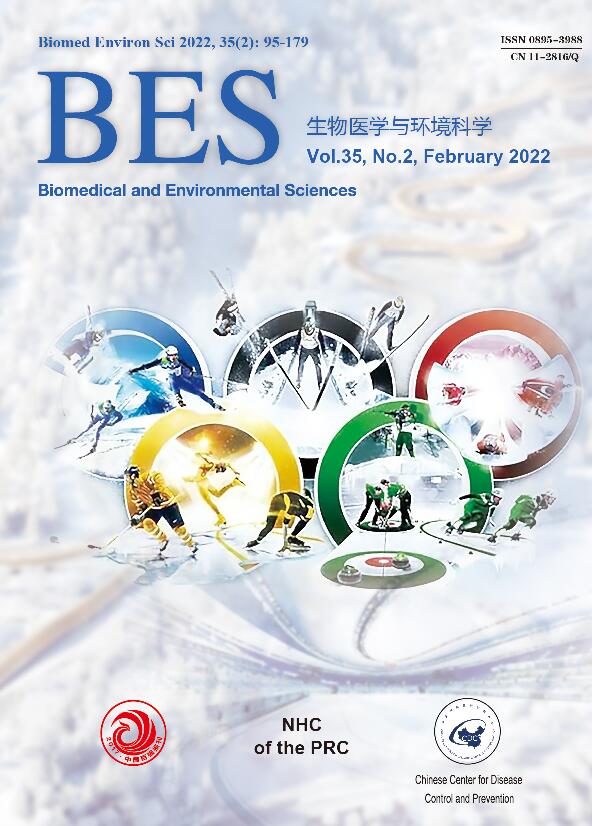


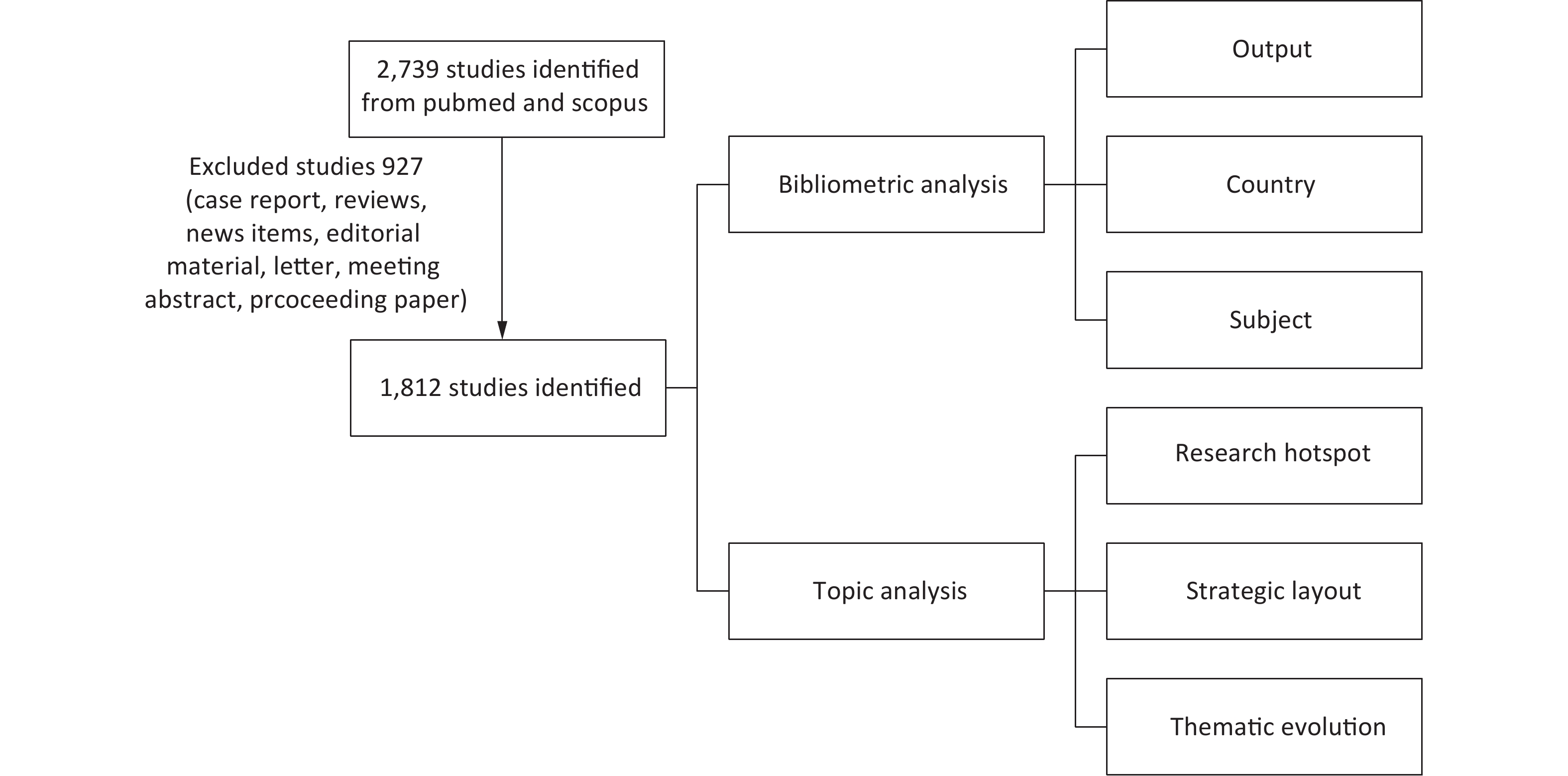

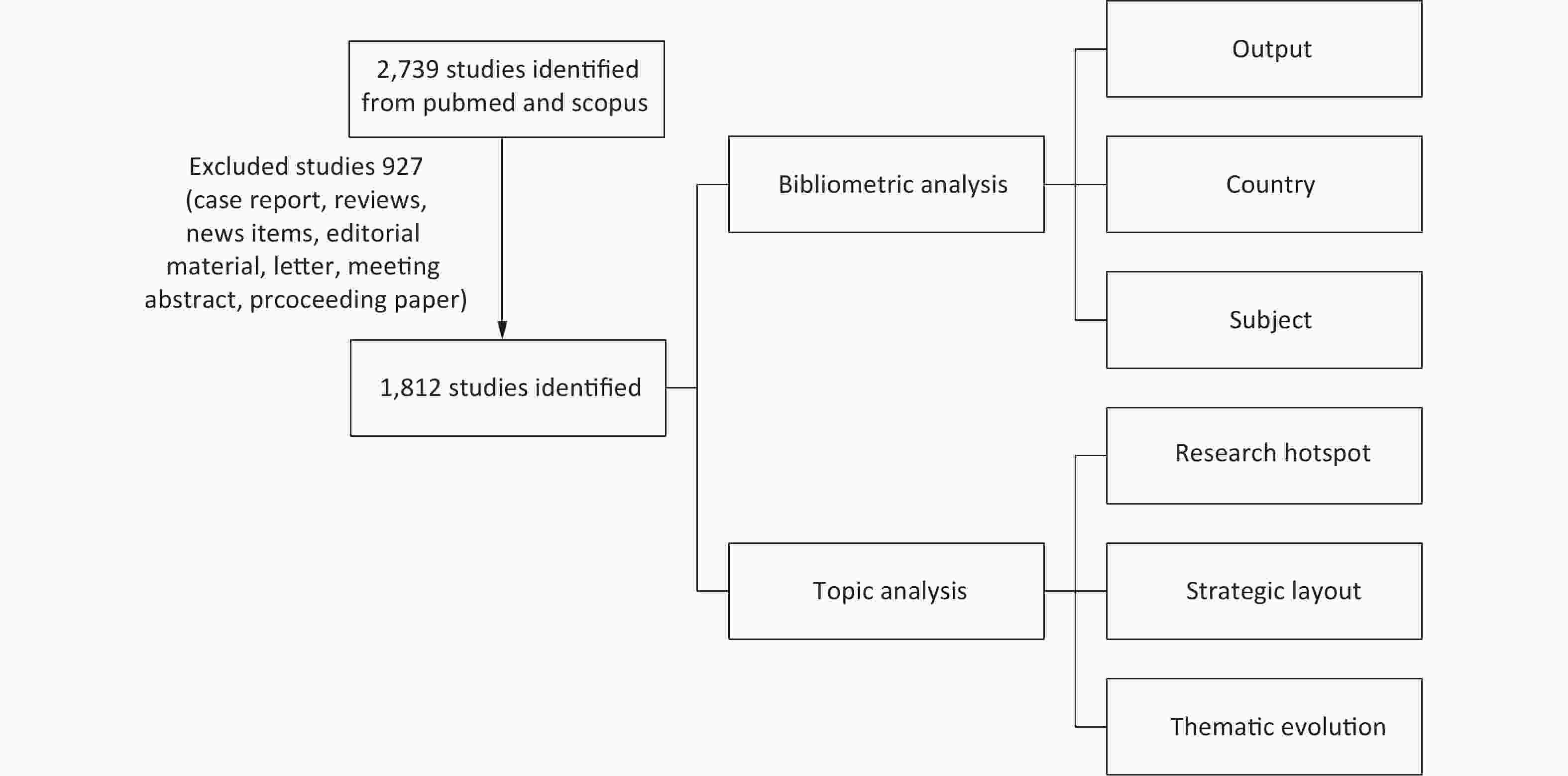
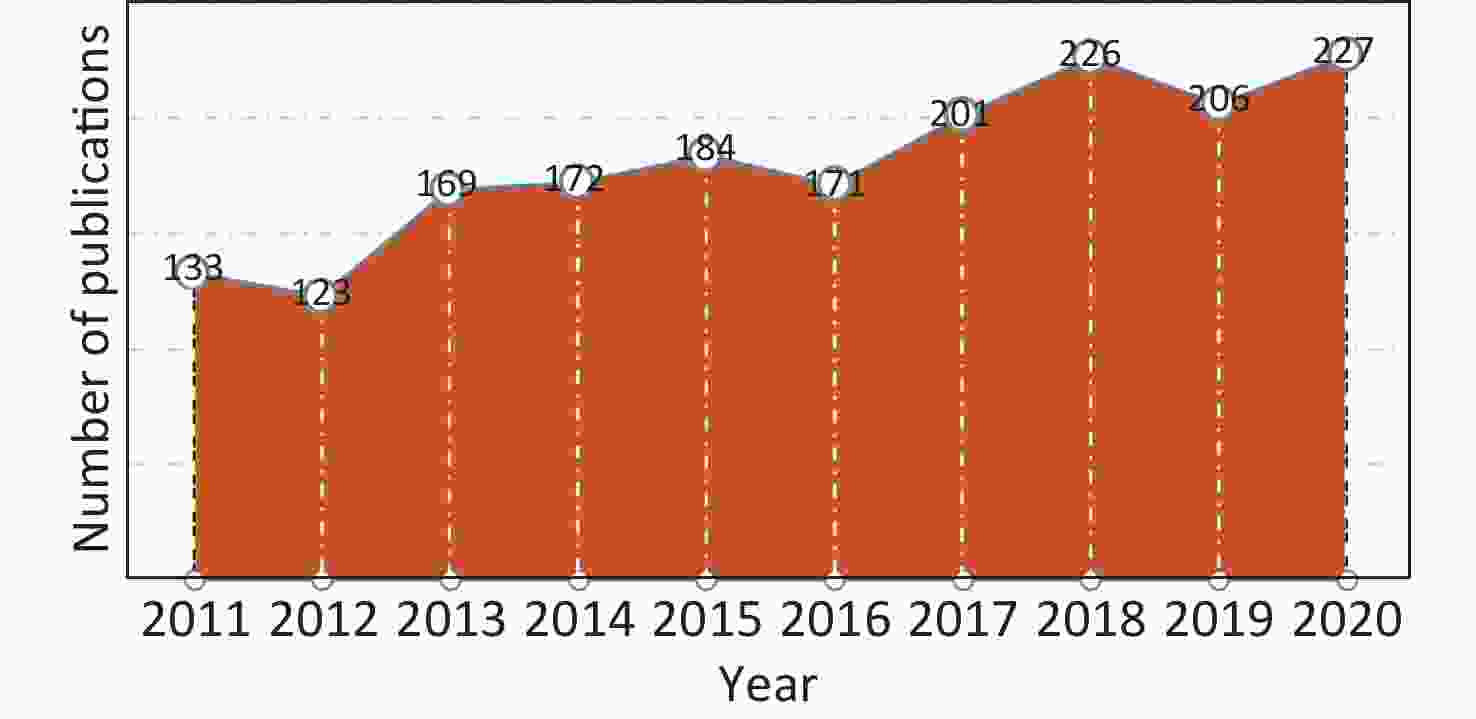
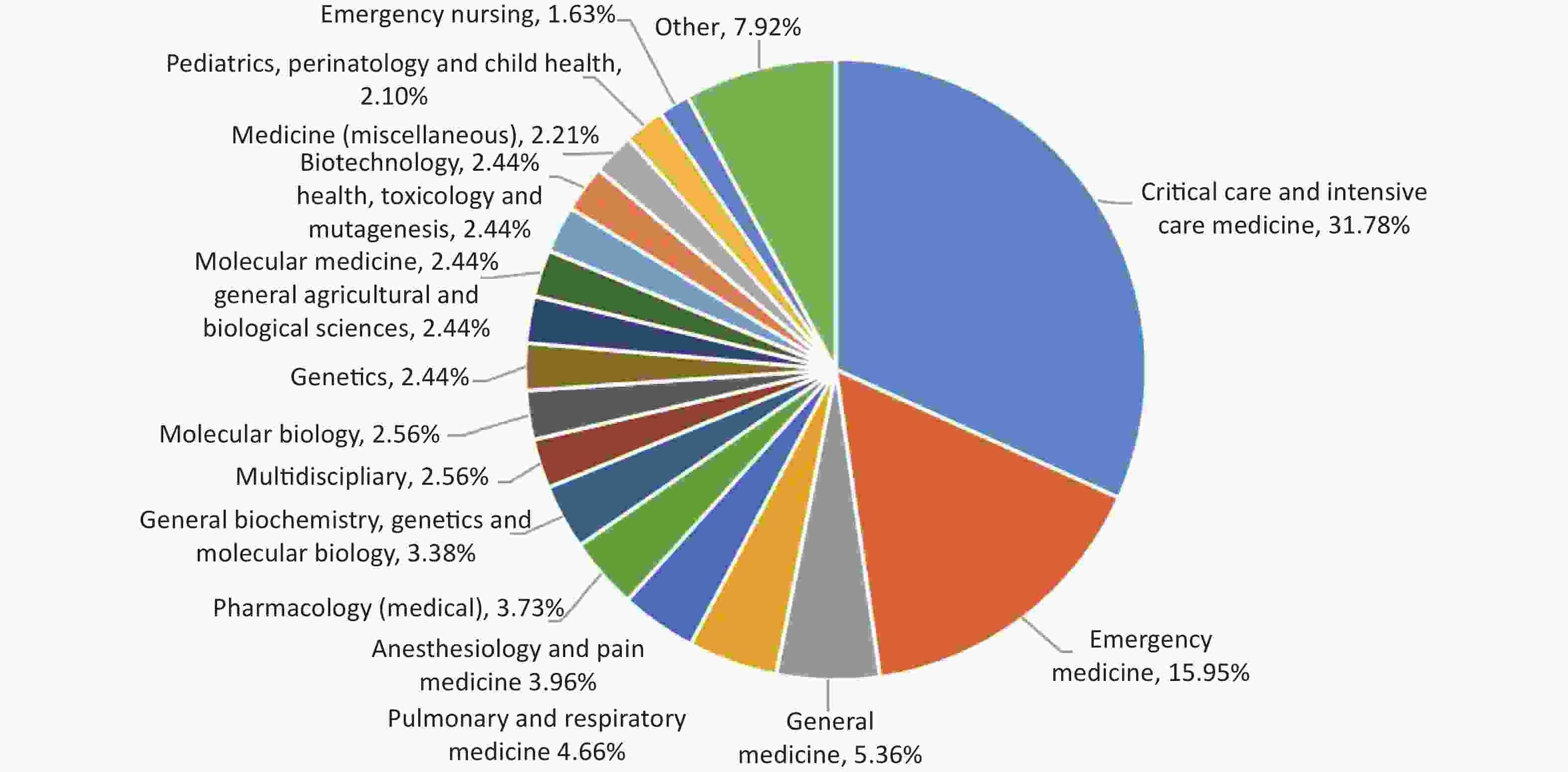
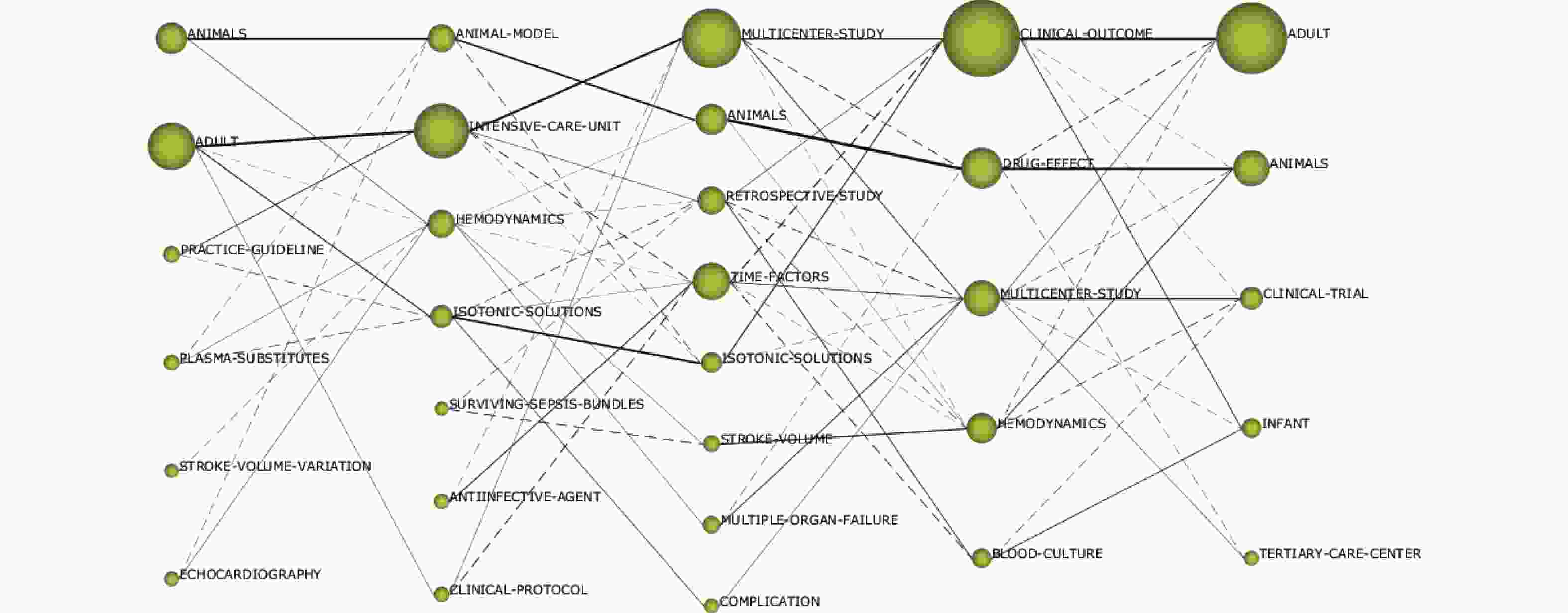
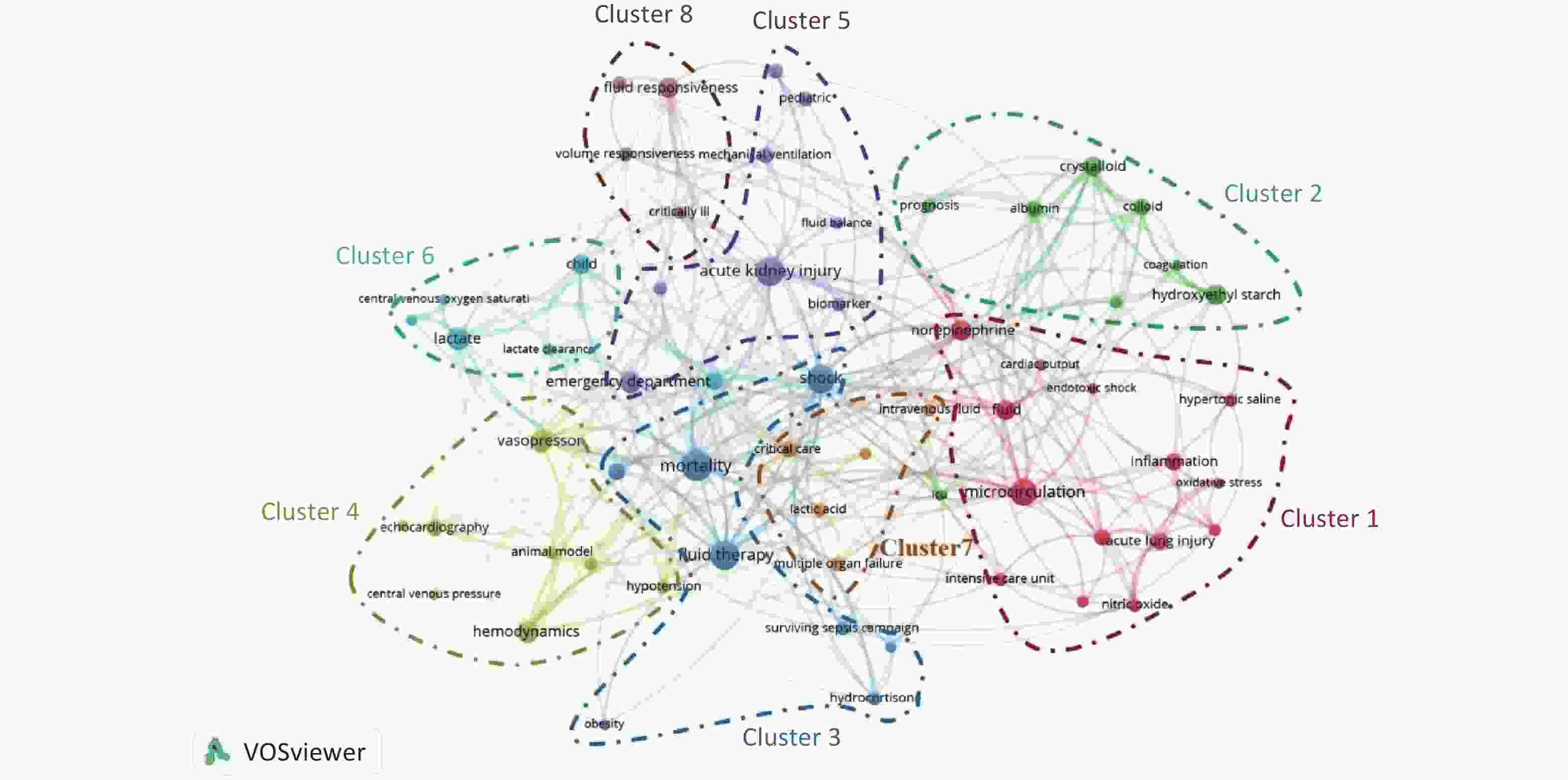
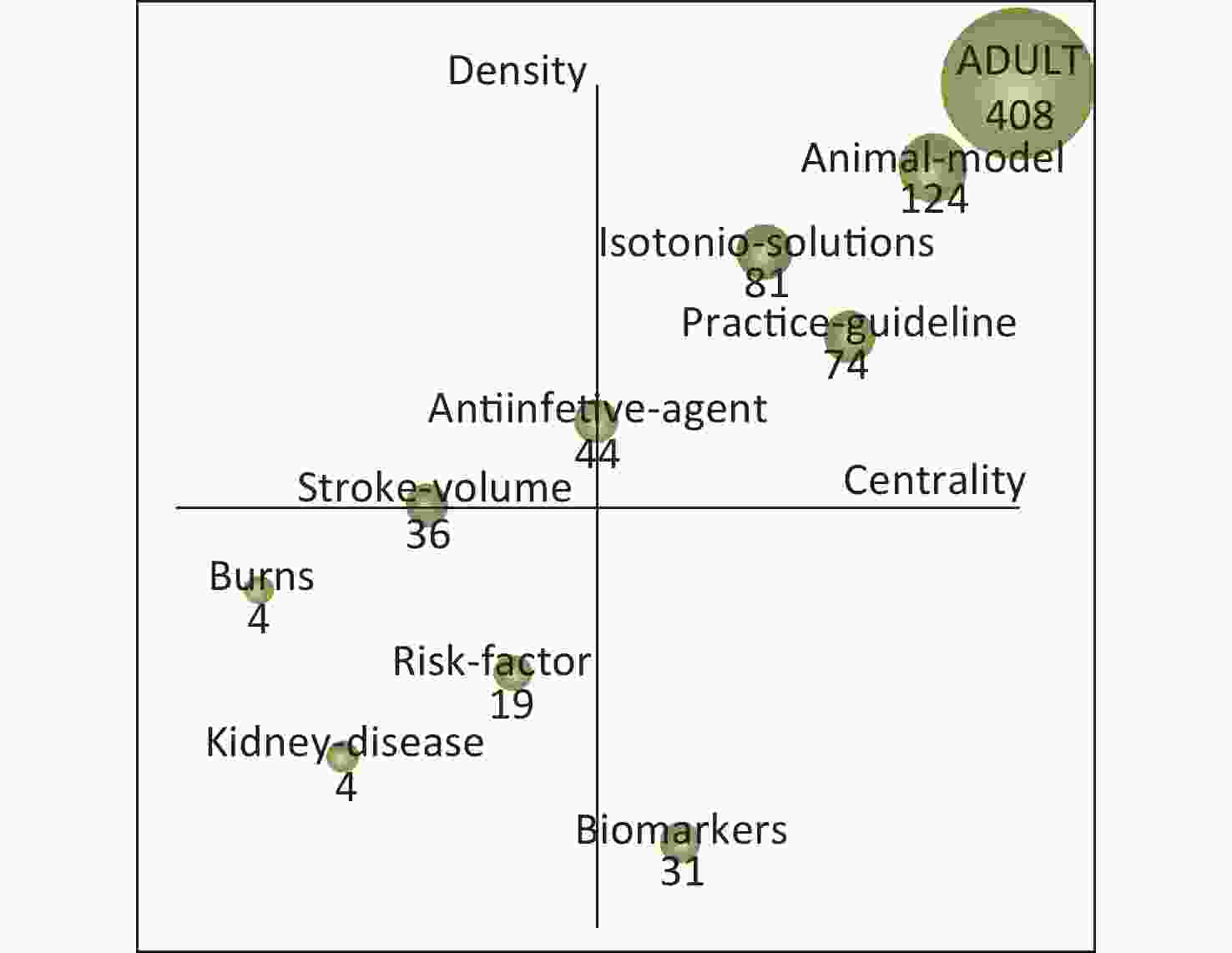

 Quick Links
Quick Links
 DownLoad:
DownLoad:
